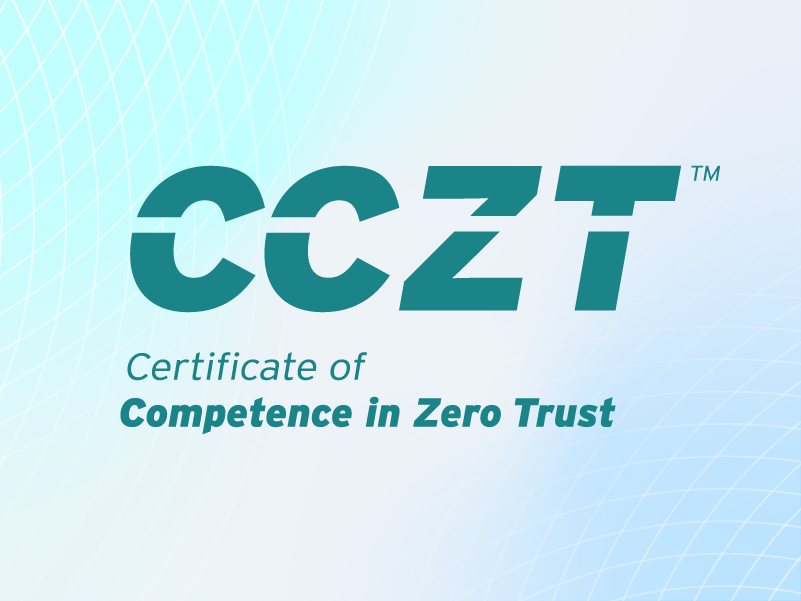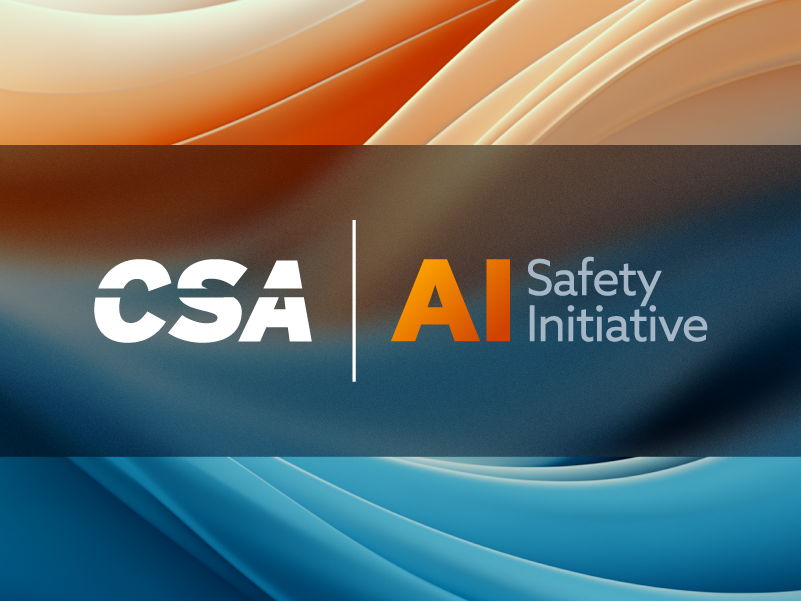Zero Trust Architecture: Principle Driven Security Strategy for Organizations and Security Leaders
Published 09/30/2025
“Zero Trust Architecture in today’s complex multi-cloud environments provides an effective way to ensure Cyber Resilience and effectively address cyber threats. While the leading organizations and security leaders continue to adopt this change, this article aims to equip them with essential Zero Trust concepts and provides practical strategies for implementation.”
Industry Report that underpins the importance of this article:
Per the recent Industry Survey conducted in 2025, it was determined that 81% of the organizations are planning to implement Zero Trust strategies by the next year.
Definitions and Principles of Zero Trust Architecture:
Zero Trust (ZT) is the overarching concept that operates on a basic principle of “never trust, always verify” meaning that trust is never granted implicitly but is evaluated continually. Zero Trust Architecture (ZTA) is a more comprehensive approach that organizations adopt to operationalize the Zero Trust concepts across users, systems, and enterprise networks with a goal to ensure continuous verification and to minimize exposure to threats.
Principles of Zero Trust Architecture:
1. No Inherent Trust:
Assume data breach - validate every connection, regardless of origin.
In Zero Trust Architecture, the network is assumed to be inherently untrusted or compromised whether it’s internal or external network. As opposed to traditional network models that often allows implicit trust, enabling attackers to gain lateral movement. Zero Trust completely shifts this by treating the network as potentially compromised, this is operationalized by enforcing granular level access controls, continuous verification, and detecting anomalous behavior in real time.
2. Access Based on Least Privilege and Sessions:
Improved identity governance - time & context-based trust.
Access controls must be specifically designed to provision access to users or systems minimally and to complete a particular task. Trust must also not be carried over to systems or sessions; authentication to one system must not automatically grant access to a different system. Authenticated users are continuously evaluated against access policies.
3. Dynamic and Attribute Driven Policy Enforcement:
Every access decision must be risk based and occur in real time.
Every access decision in a Zero Trust Model occurs in real time and is based on various attributes including: user account details, data, device analytics, and behavioral attributes. These attributes together form the Dynamic Policy Engine that continuously assesses the risk prior to granting access to systems.
4. Continuous Monitoring:
Trust must be continuously re-evaluated.
Zero Trust Model views trust as a continuous process. Users, systems and devices are continuously evaluated and monitored to ensure that they meet security standards prior to and during sessions.
5. Asset Health Checks:
Zero Trust requires continuous visibility into the security posture of all assets.
A Zero Trust Model also requires organizations to establish visibility across all its assets, requiring ongoing visibility of their health. Whether it is an enterprise owned laptop with access to restricted information or a personal smartphone, Zero Trust model requires ongoing visibility of their health. Asset health includes general asset information and other critical health indicators such as (but not limited to): vulnerabilities, outdated software, and behavioral analytics.
Now that we’ve understood the core principles of Zero Trust Architecture (ZTA), next section will focus on providing actionable strategies that align with their organization’s unique risk posture and context.
Practical Strategies for Organizations and Security Leaders:
Given the current times, the Zero Trust Model represents one of the key strategies and will play a significant role in not just how organizations safeguard their services & data but also how they conceptualize and implement secure strategies. Here are the practical takeaways from this article for Security Leaders and Organizations on how they can effectively adopt the Zero Trust Model.
- Principle Based Approach: Zero Trust will not be a standalone initiative but will impact various cybersecurity domains and practice areas. Organizations and security leaders will need to treat Zero Trust as a holistic, principle-based strategy, and as a way of conceptually implementing various security domains rather than a standalone initiative.
- Building Zero Trust in Phases: Organizations will need to roll out Zero Trust in phases and in line with foundational cybersecurity strategies such as prioritizing critical applications and privileged users, then gradually expanding this strategy across standard applications and standard users.
- Stronger Identity and Access Management Practices: Identity and Access Management (IAM) is critical to a successful Zero Trust strategy. Foundationally, IAM practices should be implemented specifically based on acceptable level of risk and needs of the business. These practices should always verify the identity with strong authentication processes and ensure compliance. Authentication processes must be designed to incorporate checks that flag atypical behavior of identities, always follow least privilege principle, and ensure access is session based to complete a task.
- Contextual and Attribute Based Access Controls (ABAC): In the Zero Trust Model, access related decisions are never binary. They are based on a combination of various contextual factors, which include (but not limited to): user role, device information, type of data, location, and behavioral aspects. Organizations need to deploy dynamic policy engines that evaluate these conditions in real time and provision access based on compliance with the contextual factors.
- Adopting Industry Best Frameworks: Zero Trust Architecture (ZTA) is not a one-time solution; in fact, it is an ongoing and continuously evolving concept & process. Organizations should strongly utilize industry leading frameworks, such as NIST SP 800-207, CISA Zero Trust Maturity Model, and others, to provide a more structured and authoritative model to implement ZTA. Further, it’s highly recommended for Organizations and Security Leaders to actively participate in refining these frameworks.
Conclusion:
As the advanced cybersecurity threat landscape evolves at a rapid pace and scale in today’s multi-cloud and hybrid environments, Zero Trust Model provides not just critical security practices but also a crucial cybersecurity strategy. It fundamentally changes the way organizations and security leaders implement access management, identity governance, and importantly, data protection.
Security leaders and organizations that are embracing this must not treat this as a one-off implementation strategy, but as an ongoing and principle driven approach. Having said that, ultimately the success of this critical concept across the industry will be foundationally built on rethinking, refining, and redesigning our security strategies around trust in real time.
References:
- Zscaler ThreatLabz 2025 VPN Risk Report (2025) https://www.zscaler.com/campaign/threatlabz-vpn-risk-report
- NIST Special Publication 800-207 – Zero Trust Architecture https://doi.org/10.6028/NIST.SP.800-207
About the Author
Gagan Koneru is a seasoned cybersecurity professional with deep expertise in Security Governance, Risk & Compliance (GRC), and Cloud Security. With extensive international experience across complex environments, he has led critical enterprise-wide security programmes while building organisational trust through security governance, and is highly distinguished for maturing risk-driven security posture and implementing robust security governance & compliance frameworks.
Related Resources



Unlock Cloud Security Insights
Subscribe to our newsletter for the latest expert trends and updates
Related Articles:
AAGATE: A NIST AI RMF-Aligned Governance Platform for Agentic AI
Published: 12/22/2025
Is Cloud-Native Key Management Right for You?
Published: 12/19/2025
Agentic AI Security: New Dynamics, Trusted Foundations
Published: 12/18/2025


.png)
.jpeg)
.jpeg)
.jpeg)
.jpeg)